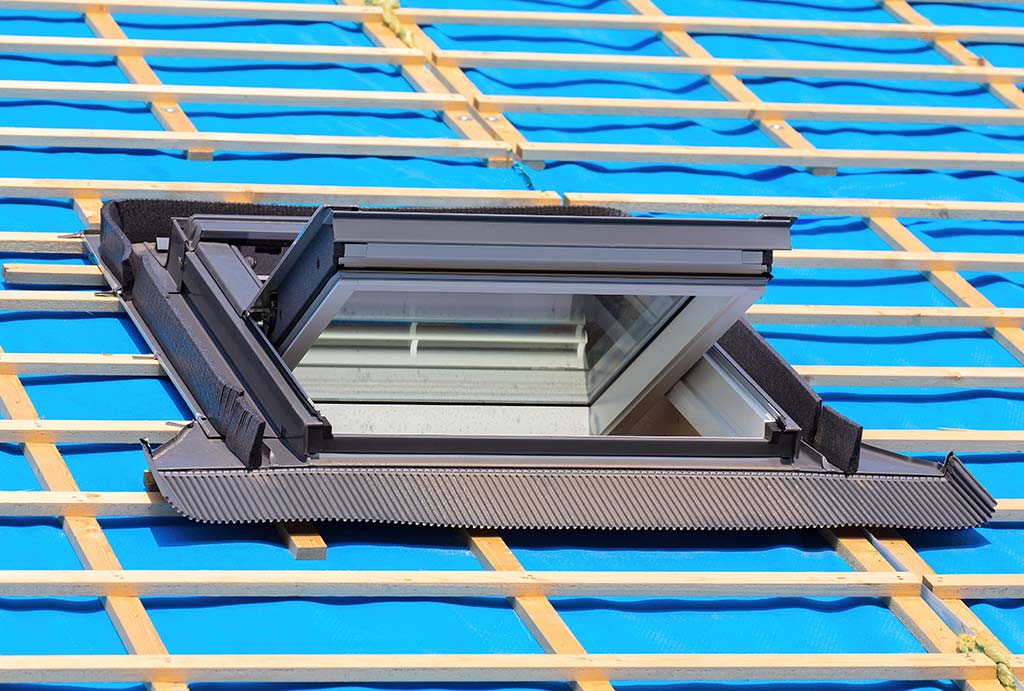Roof Vents: Two Types of Roof
Your Indianapolis home may be in need of roof replacement. You may be considering the advisability of adding additional insulation. Or perhaps you’re building an entirely new house and wondering what sort of roof will suit you best. Modern construction techniques afford you a variety of choices. Broadly speaking, your home can have either a “hot roof” or a “cold roof.”
A hot roof isn’t ventilated. It has foam insulation attached to the roof sheathing. The underlying concept of a hot roof is that it doesn’t allow heat to escape through roof vents into the outside world. Instead, heat stays trapped in the attic space, and that in turn should reduce the cost of heating the house.
A cold roof is the more old-fashioned roof with roof vents.
Hot roofs and cold roofs each have their advantages and disadvantages. By understanding these and talking to your home builder or roofing professional, you should be able to choose the type of roof that’s right for you.
The Hot Roof: Doing Away With Roof Vents
First off, it’s important to understand that a hot roof isn’t really all that hot. It’s not in constant danger of bursting into flame or anything like that. The lack of attic ventilation only makes the attic space a few degrees warmer than would be the case if you’d opted for roof vents, and that comes with a number of benefits.
- As alluded to above, without roof vents, you can anticipate reduced heating costs in the winter.
- If you have water and/or air ducts running through the attic, they’re less likely to experience the effect of extreme temperatures. This too should translate into savings on your utility bills.
- Provided they’re installed properly, hot roofs aren’t prone to excessive moisture accumulation.
- The Homeowners Trade & Resource Center (HTRC) reports that hot roofs guard against the formation of ice dams.
But it’s not all good news.
- A hot roof can create what’s called a “stack effect.” This phenomenon occurs because an attic space without roof vents experiences positive air pressure. That in turns means the lower reaches of the home, where you and your family actually live, are under negative pressure. As a result, outside air will flow into the house wherever it can, for instance, under doors or through leaky windows.
- A roof that experiences more heat is a roof likely to wear out and need roof replacement sooner.
- Roofs without roof vents are prone to failure if the house lacks a high building envelope including vapor retarders and air barriers.
The Cold Roof: Keeping the Roof Vents
With a cold roof, insulation goes under the ceiling. That means it’s under the attic space, which is therefore not insulated. This provides the following benefits.
- Your Indianapolis house stays cooler in the summer heat.
- Because the roof sheathing stays cooler, it lasts longer.
- The roof vents remove moisture from sheathing, structural members, roof cavities, and insulation.
- Provided it’s properly installed and insulated, a cold roof also protects against ice dams.
But once again, there are potential drawbacks to consider.
- More heat will escape when you’re trying to heat your home.
- If persistent weather conditions are such that the outside air doesn’t absorb moisture as fast as it accumulated, or if the cold roof simply wasn’t installed or insulated properly, it could fail.
Roof Vents: The Takeaway
Perhaps the most important piece of information here is that whatever type of roof you choose for your Indianapolis home, it absolutely must be installed properly to avoid serious headaches and costly repairs down the line. We invite you to contact Stay Dry Roofing to handle all your roofing needs. We’ll get the job done right.


